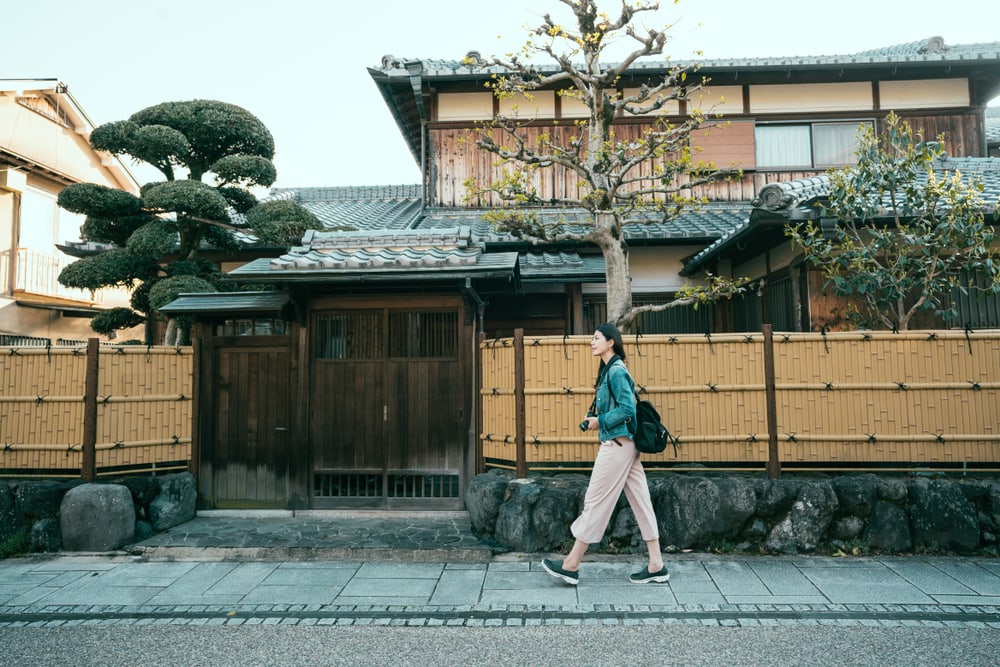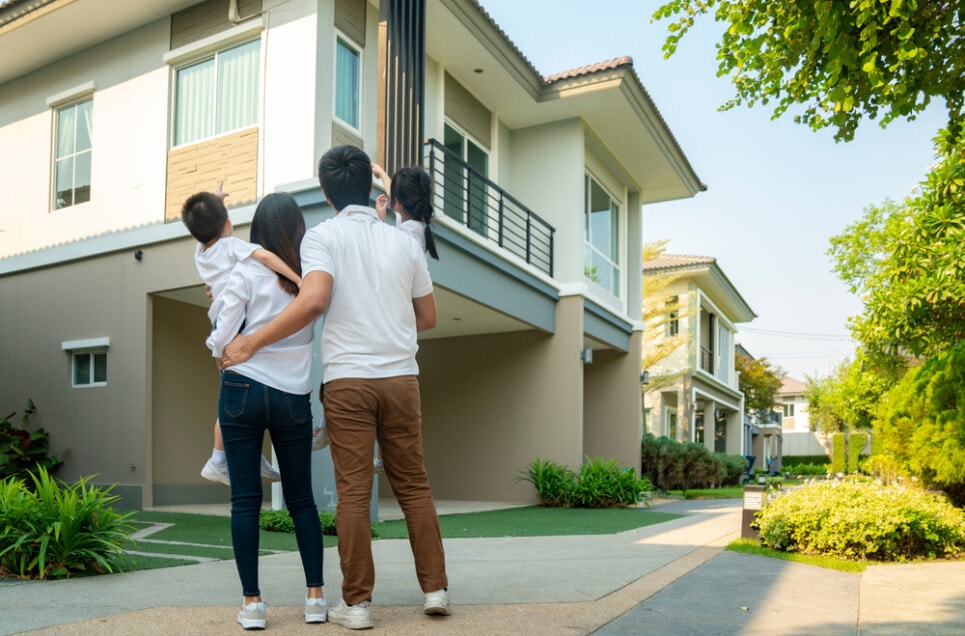American homes are great, but they’re not the best. Once you see homes in Japan, you’ll quickly realize that they’re far superior. Not only are they gorgeous to look at, but they’re ingeniously designed to make life easier. From their ancient traditions to modern tech, here’s why Japanese homes are much better than ours.

40. The “Engawa” Walkway are Like Sidewalks But Better
In the western world, we have sidewalks in many neighborhoods, but it’s not guaranteed. The front yard of many homes will go straight into the street. This isn’t very safe for pedestrians who may need to use public transportation. In Japan, they have something called an “engawa” in front of every single home. These are like a front porch and walkway combined, and they all connect to the main sidewalk. So no matter where you live, everyone has a safe space to walk to work or school.








































